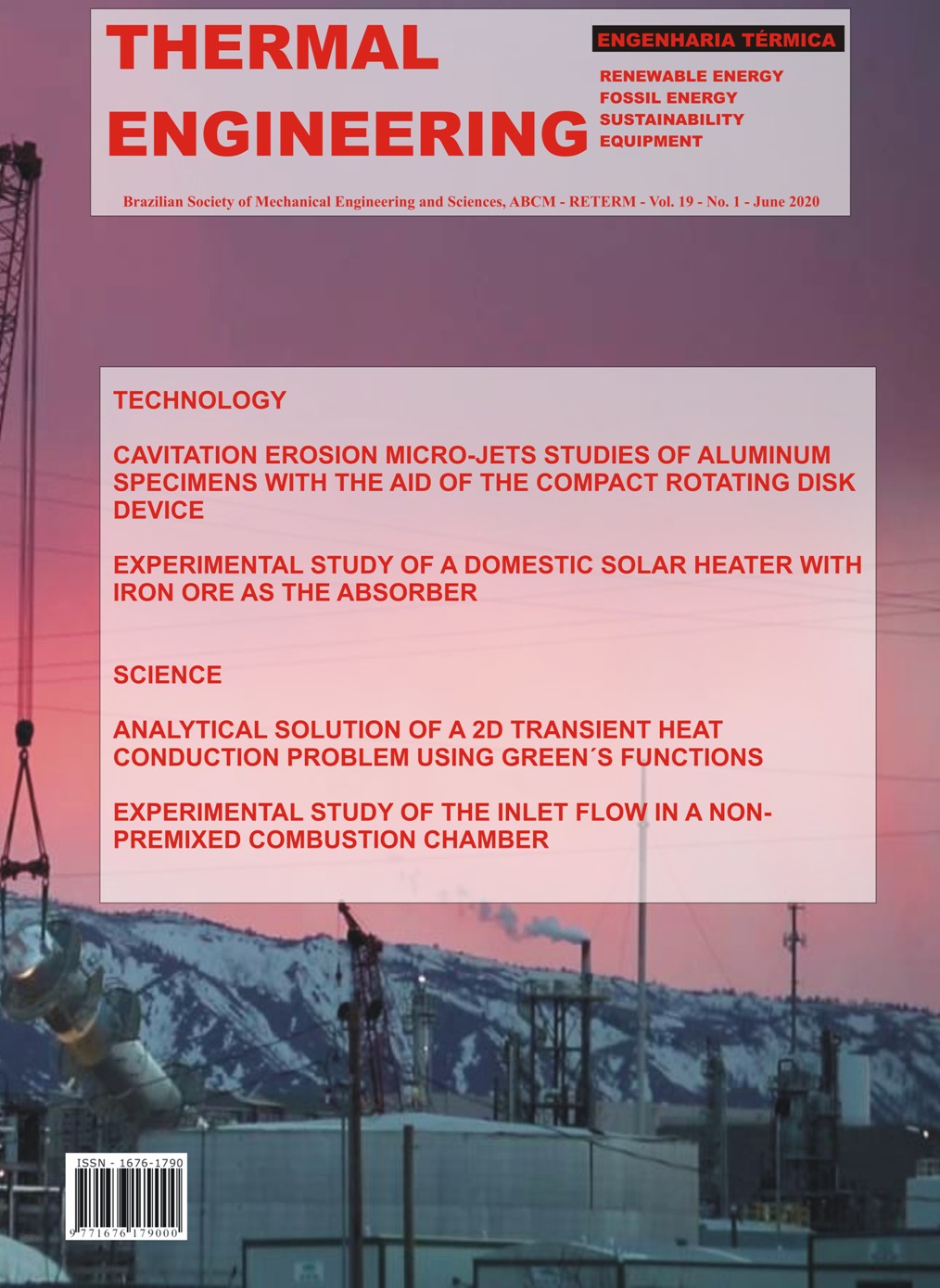GEOTHERMAL DEVELOPMENT IN CAMEROON
DOI:
https://doi.org/10.5380/reterm.v19i1.76428Palavras-chave:
geology, thermal springs, geothermal energy, Cameroon volcanic lineResumo
Africa is currently experiencing a period of economic growth. Its population is growing rapidly and its economies grow and diversify. To be sustainable, such growth requires a large investment in the energy sector. In the case of Cameroon hydroelectric energy is the main source of electrical power whereas the analysis of the geological point of view shows that Cameroon is unique in west-northern of Africa for its active volcanic line (with the last eruption of Mount Cameroon that last erupted in 1999 and 2000) that is a favorable zone for the production of power from geothermal resources. The Cameroon Volcanic Line (CVL) is 100 km wide linear magmatic megastructure oriented N30°E that extends more than 1500 km from Pagalu Island in the Gulf of Guinea to Lake Chad. Along this active volcanic line, more than one hundred and thirty thermal springs are found with the hottest spring at Woulndé (74°C).
The aim of this paper is to evaluate the importance of geothermal energy development in the Cameroon Volcanic Line through a geological investigation of areas (Mt. Cameroon and Adamawa) bearing springs with hottest temperatures. This work is a compilation of the bibliographic analysis find at the same topic of research with a source like an International reviewed article, local documents and a websites research. The absence of commitment and enthusiasm from the government is weakening the sector potentiality to be developed either by private sector investments and also foreign investors. Other applications of geothermal energy in Cameroon are also discussed.
Downloads
Publicado
Como Citar
Edição
Seção
Licença
Direitos Autorais para artigos publicados nesta revista são do autor, com direitos de primeira publicação para a revista. Em virtude da aparecerem nesta revista de acesso público, os artigos são de uso gratuito, com atribuições próprias, em aplicações educacionais e não-comerciais.



